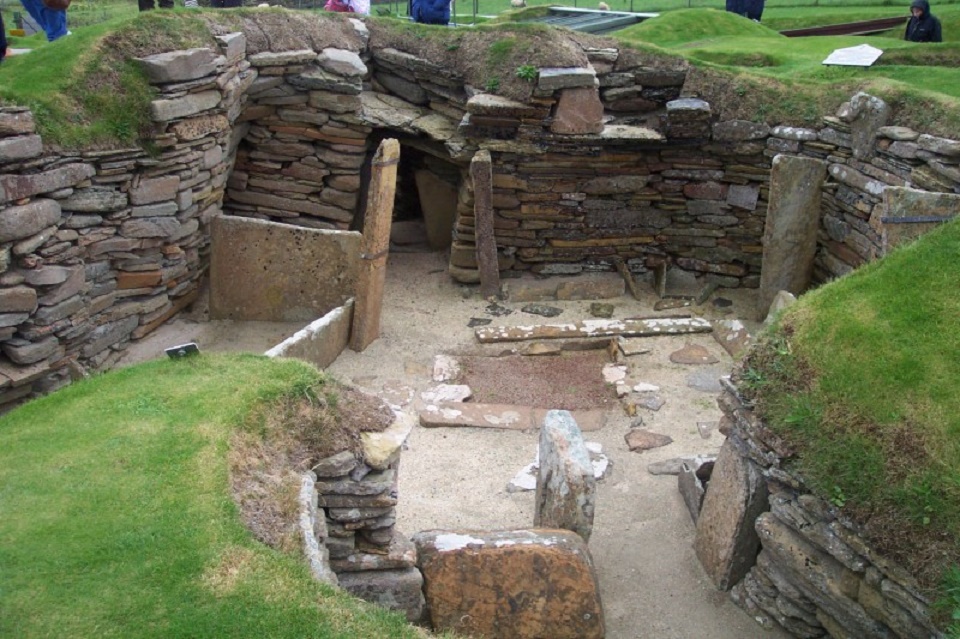
The DNA analysis of circa 40 prehistoric skeletons shed new light on a dark period in human history. It is regarded as ‘dark’ in the sense of what we lack in information. Since we are almost completely in the dark of what happened in Europe before 2,000 BCE.
This period between 4,000 and 2,000 BCE seems to be a very determinate period for modern humans, however – which is emphasized in this study published in Nature. The study shows that something major happened to the genetic gene pool of prehistoric Europeans at this time.
Gene Pool
This Neolithic Era was a period of major development of human technology and society, beginning about 10 200 BCE and ending between 4,500 and 2,000 BCE. With a great transition of human life from a nomadic, hunter-gatherer lifestyle into a settled farmer.
At the beginning of this period, the genetic landscape of Europeans was dominated by the initial settlers of the continent who arrived around 33,000 BCE, and then a later migration by Near Eastern farmers around 4,000 BCE.
In this study, a team of researchers has focused on mitochondrial DNA (mtDNA) that provides the genetic linage of the initial settlers of hunter-gatherers. Those settlers seem to be almost all but erased by later migrations of peoples and thereby in a major way affected the modern gene pool in Europe. Up until the current era of globalization and human free movement of the later centuries and especially the 20th century and onward.
Co-author Prof Alan Cooper from the University of Adelaide in Australia said to BBC; “The genetic markers of this first pan-European culture, which was clearly very successful, were then suddenly replaced around 4,500 years ago, and we don’t know why”. “Something major happened, and the hunt is now on to find out what that was.”
The human remains used for DNA analysis in the study covers a time span of 3 500 years of European prehistory. From the Early Neolithic period to the Bronze Age. The advantage of focusing on mitochondrial DNA is that these genes are passed down almost unchanged on the female side, from mother to mother. Which enables researchers to trace maternal lineage far back in time.
The research team chooses to focus on the haplogroup H. Since this genetic characteristic dominates mtDNA variation in Europe with more than 40% of Europeans belonging to this “clan”. To a higher degree in western Europe than in the eastern parts.
In the Early Neolithic period only about 19% of the remains from Central Europe belonged to the H haplogroup but from the Middle Neolithic and onward the DNA patterns change in a major way, with a total upheaval around 4,000 BCE.
Co-author of the study, Dr. Wolfgang Haak said; “We have established that the genetic foundations for modern Europe were only established in the Mid-Neolithic, after this major genetic transition around 4,000 years ago,”.
The director of the Genographic Project, Dr. Spencer Wells, writes; “While the DNA of people alive today can reveal the end result of their ancestors’ ancient movements, to really understand the dynamics of how modern genetic patterns were created we need to study ancient material as well.”
More research will most probably shed more light on this dark period, but until now we have been given hints of what seems to having been a major event where one group of humans replaced another.
_______________
Neolithic mitochondrial haplogroup H genomes and the genetic origins of Europeans
______________________________




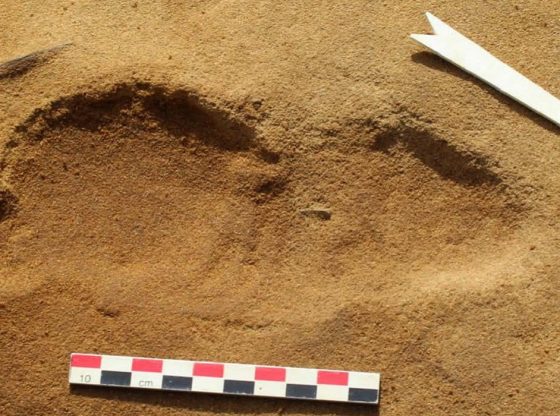
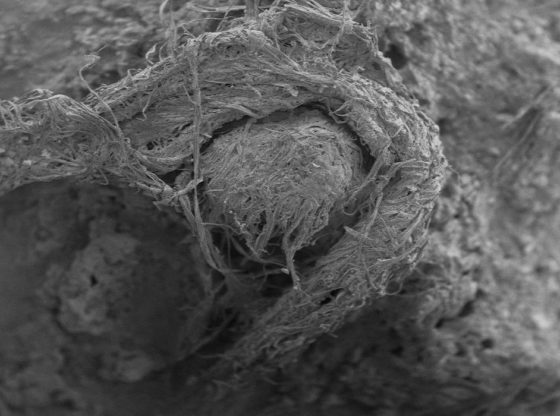
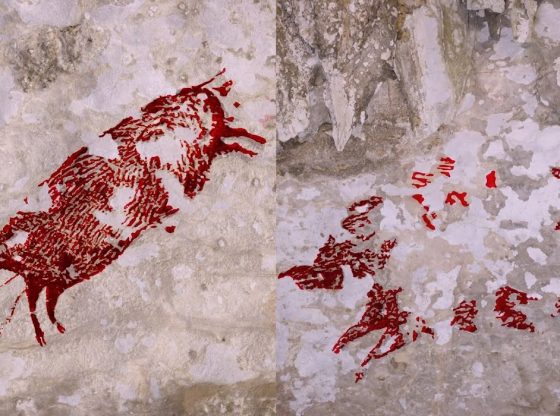
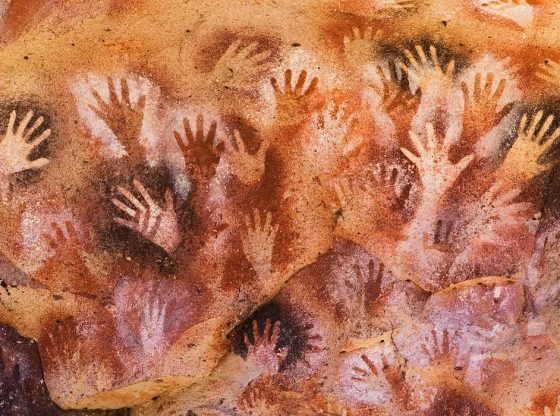
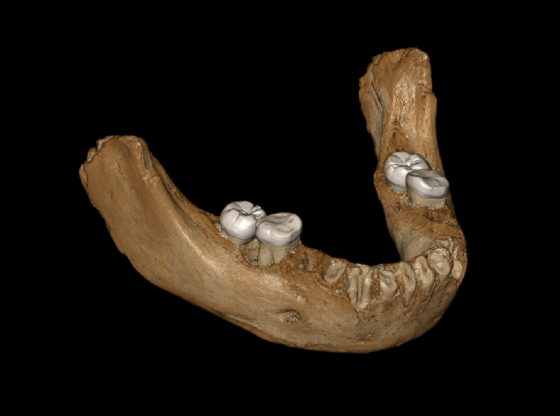
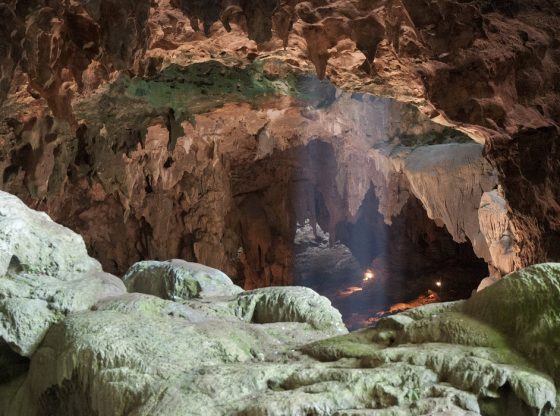
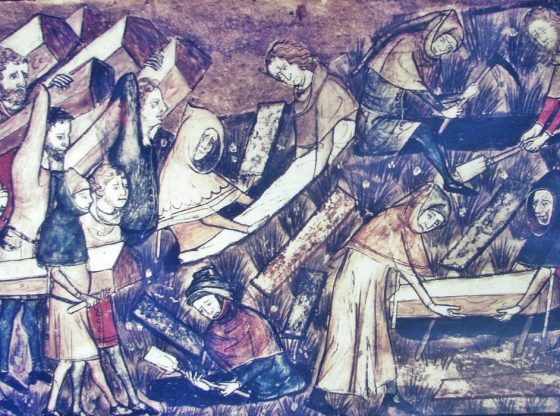
![OpenAI. (2025). ChatGPT [Large language model]. https://chatgpt.com](https://www.illustratedcuriosity.com/files/media/55136/b1b0b614-5b72-486c-901d-ff244549d67a-350x260.webp)
![OpenAI. (2025). ChatGPT [Large language model]. https://chatgpt.com](https://www.illustratedcuriosity.com/files/media/55124/79bc18fa-f616-4951-856f-cc724ad5d497-350x260.webp)
![OpenAI. (2025). ChatGPT [Large language model]. https://chatgpt.com](https://www.illustratedcuriosity.com/files/media/55099/2638a982-b4de-4913-8a1c-1479df352bf3-350x260.webp)








